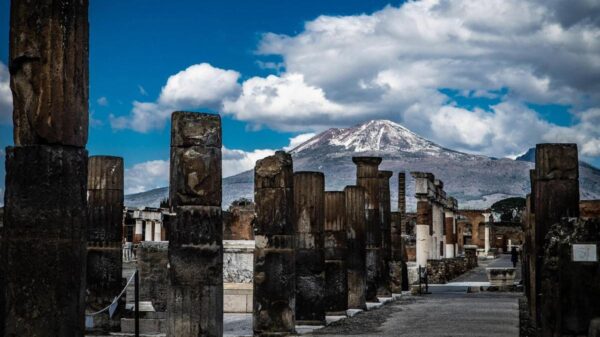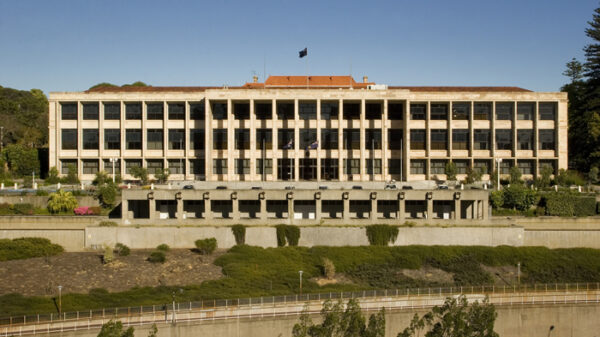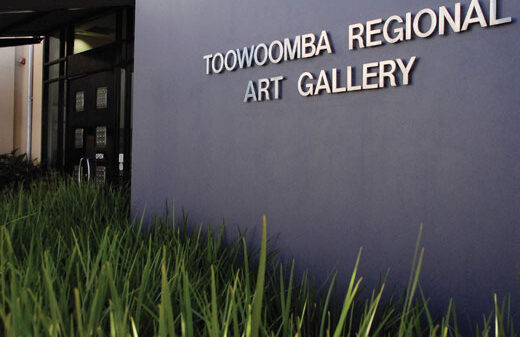During World War II, efforts to preserve priceless cultural heritage were exemplified by the journey of the Si Ku Quan Shu, or Complete Library in the Four Branches of Literature. The monumental collection faced significant threats when invaders attempted to seize it from the Wenlan Pavilion. To safeguard these vital texts, Chinese cultural relics protection workers undertook a perilous journey westward, ultimately arriving in Guiyang, where the books were hidden away in Dimu Cave for over five years.
The story of the Si Ku Quan Shu captivated cultural enthusiasts José Luis Fonseca Conejo and Gharibmamadova Sabzon, who were intrigued by its relocation alongside Zhejiang University into Guizhou. Their pursuit of knowledge led them to connect with local resident Gong Qingmin, sparking an exploration of how this mountainous region served as a sanctuary for cultural treasures during a time of strife.
Their journey began at Luchongguan Pass Forest Park, where they met Zhu Jiang, curator of the Wenlan Hall in Guiyang. Zhu, the son of the former director of the Guizhou Provincial Library, shared insights into the extraordinary journey of the Si Ku Quan Shu as it traversed provinces including Zhejiang, Fujian, Jiangxi, Hunan, and finally Guizhou. His account detailed the years the collection spent hidden in the mountains before safely returning to Zhejiang after the war.
In Huaxi, a district in Guiyang, the group learned how the region sheltered influential writers and scholars, including Ba Jin, who penned his work, Garden of Repose, during his time along the scenic Huaxi River. This reflective journey through history continued with a walk through Guiyang, where they uncovered the legacy of the Guizhou Radio Station located on Diantai Street. This station played a pivotal role in the cultural landscape of the region during the war years.
Gong Qingmin also introduced Fonseca and Sabzon to the Zhuguang concerts, an organization that aimed to uplift the spirits of the Guizhou people amid the challenges of war. The journey culminated in a small music gathering near Wenchang Pavilion, where attendees sang Auld Lang Syne. Moved by the experience, Sabzon remarked, “We shall never forget history. Let’s pay tribute to the brave souls who sacrificed everything and cherish the hard-won peace we have today. Together, let’s build a better and more inclusive future.”
This exploration not only highlights the resilience of cultural preservation but also underscores the importance of remembering history as we move forward. The story of the Si Ku Quan Shu serves as a reminder of the enduring power of cultural treasures, even in times of adversity.






























































